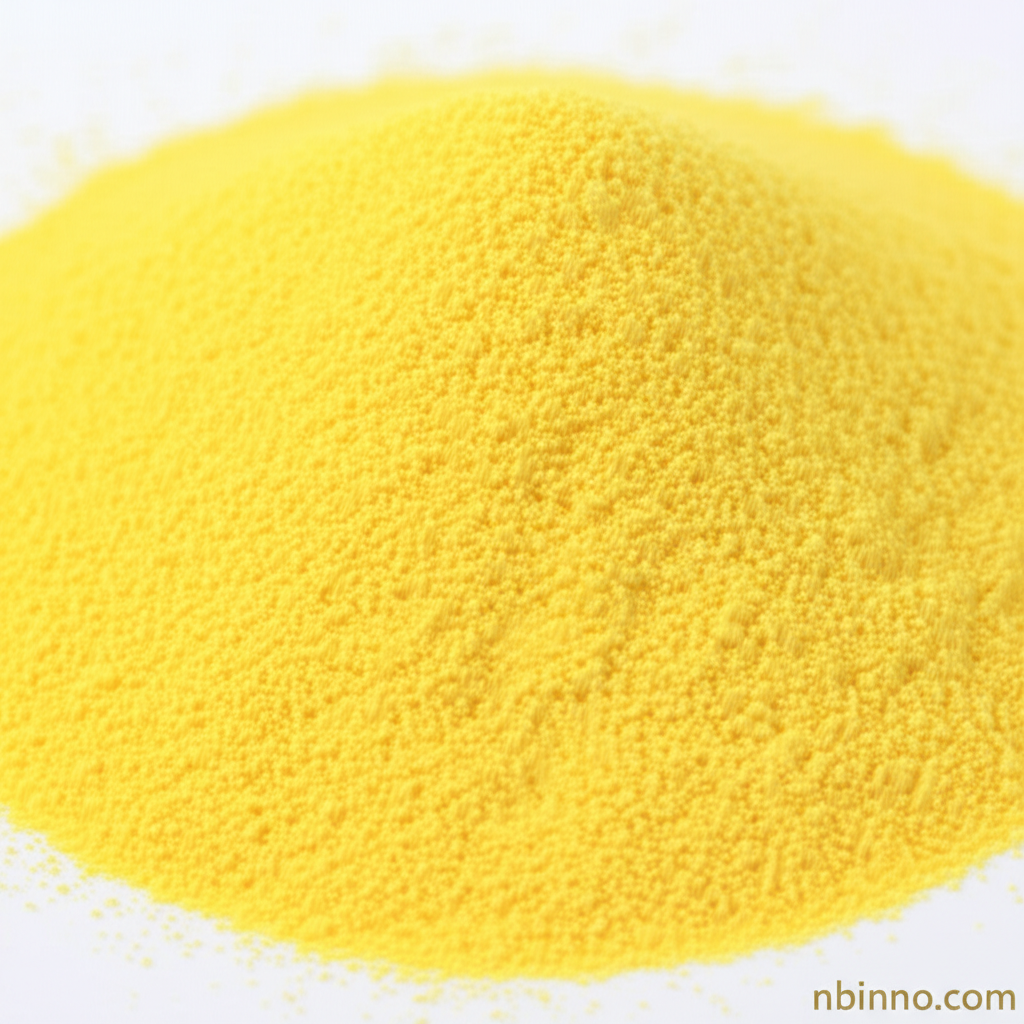Unveiling 1,2-bis(3,4-dimethoxyphenyl)ethane-1,2-dione: Properties, Synthesis, and Applications
A deep dive into the chemical characteristics and diverse uses of this important organic compound.
Get a Quote & SampleProduct Core Value

1,2-bis(3,4-dimethoxyphenyl)ethane-1,2-dione
This compound, also known as Veratril or Tetramethoxybenzil, stands out as a critical fine chemical intermediate with a unique diketone structure and methoxy-substituted phenyl rings. Its detailed analysis reveals significant potential across multiple scientific disciplines.
- Exploring the synthesis pathways of 1,2-bis(3,4-dimethoxyphenyl)ethane-1,2-dione is crucial for optimizing its production for various industrial needs.
- The diverse applications of Veratril chemical properties span from organic synthesis to potential pharmaceutical uses.
- Understanding Tetramethoxybenzil biological activity provides insights into its therapeutic and agricultural potential.
- Detailed examination of CAS 554-34-7 properties helps researchers and manufacturers leverage its capabilities effectively.
Key Advantages
Versatile Organic Synthesis Building Block
Leveraging its diketone functionality and aromatic systems, 1,2-bis(3,4-dimethoxyphenyl)ethane-1,2-dione serves as a versatile building block in complex organic synthesis, enabling the creation of novel molecular architectures.
Potential Bioactivity
Research into Tetramethoxybenzil biological activity suggests potential applications as an antibacterial agent and in agricultural uses, marking it as a valuable compound for further development in these sectors.
Material Science Candidate
The unique structural features of this aromatic diketone, particularly its non-centrosymmetric crystal packing, make it an interesting candidate for developing new materials with specific electronic or optical properties.
Key Applications
Organic Synthesis
1,2-bis(3,4-dimethoxyphenyl)ethane-1,2-dione is a key intermediate, utilized in macrocycle synthesis and as a precursor in various organic reactions, thereby contributing significantly to the field of organic synthesis.
Pharmaceutical Research
Its potential antibacterial properties and use in synthesizing antibiotic derivatives make Veratril a compound of interest for pharmaceutical research and development.
Lignin Degradation Studies
As a mediator in lignin peroxidase-catalyzed reactions, Tetramethoxybenzil plays a role in biomass breakdown, highlighting its application in environmental and biochemical studies.
Material Science Development
The compound's structural characteristics are being explored for the development of novel materials, showcasing its potential beyond traditional chemical synthesis applications.
